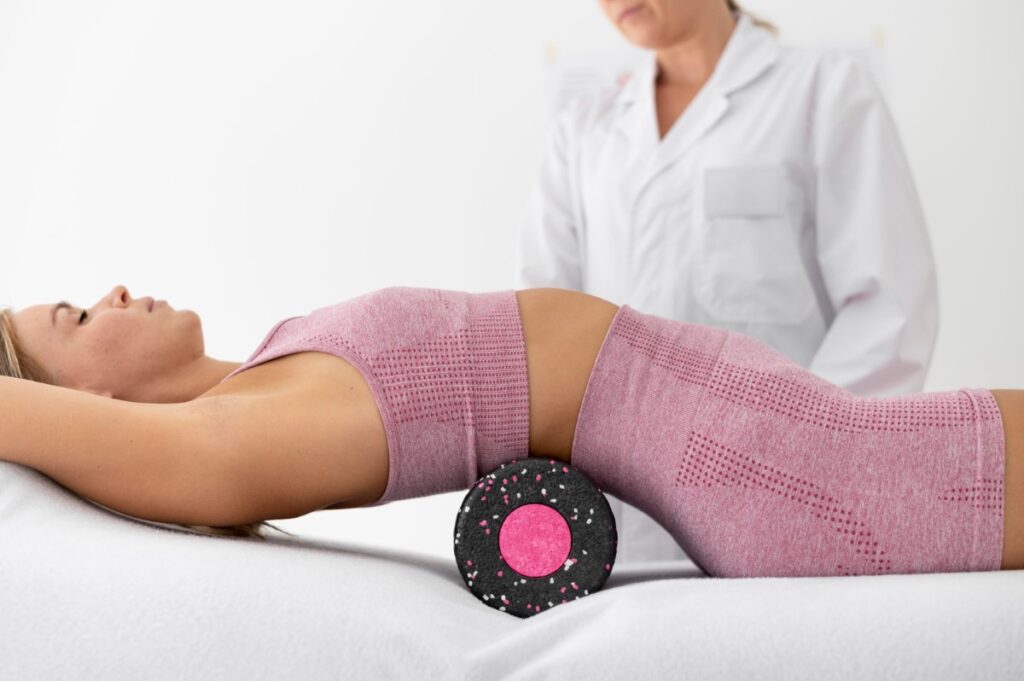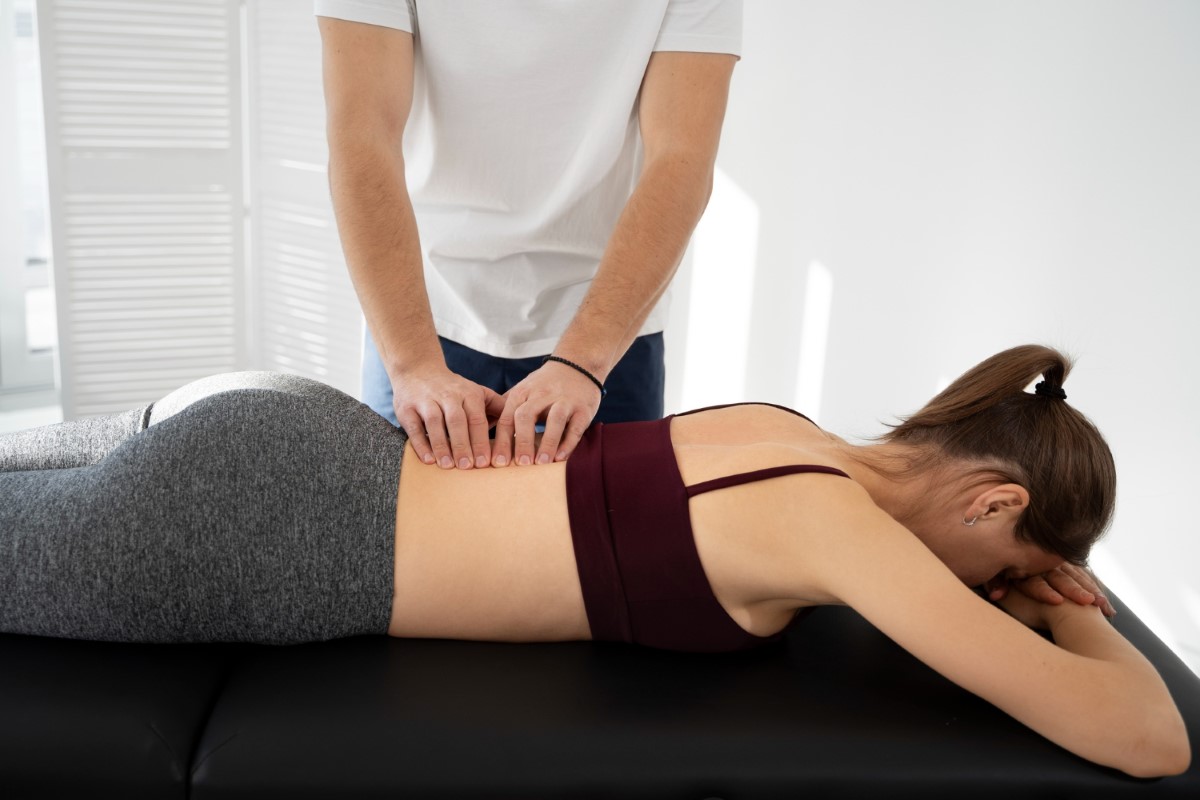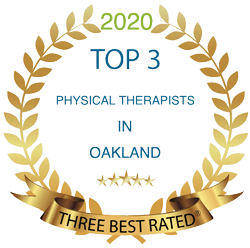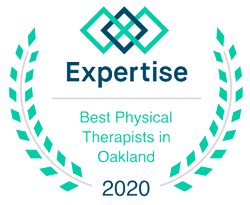Introduction

And this is where pelvic floor therapy comes in!
1- Breathing Mechanics

2- Pelvic floor tension
Oftentimes the assumption is that prolapse = weak pelvic floor….and that is not always the case. Sometimes the problem is that the muscles are too TIGHT, so they can’t move through a full range of motion and therefore cannot use their full capability in terms of strength to contract the way we need them to. So instead of going right to pelvic floor contractions, we need to teach those muscles how to “let go” so they then coordinate better with our movement, and allow space for pressure distribution within your pelvis to, again, reduce the displacement of the organs.
3- Core Strength
The core includes more than just your abdominals, but abdominals are a big focus when it comes to managing pressure and overall stabilization and strength of pelvis. We need to get ALL of your abdominals working well together and coordinating with your breath and movement – especially with exhalation.
4- Hips/Glutes

Cheers,
Logan Lynch
Owner & Head Clinician at Life In Motion Physical Therapy




